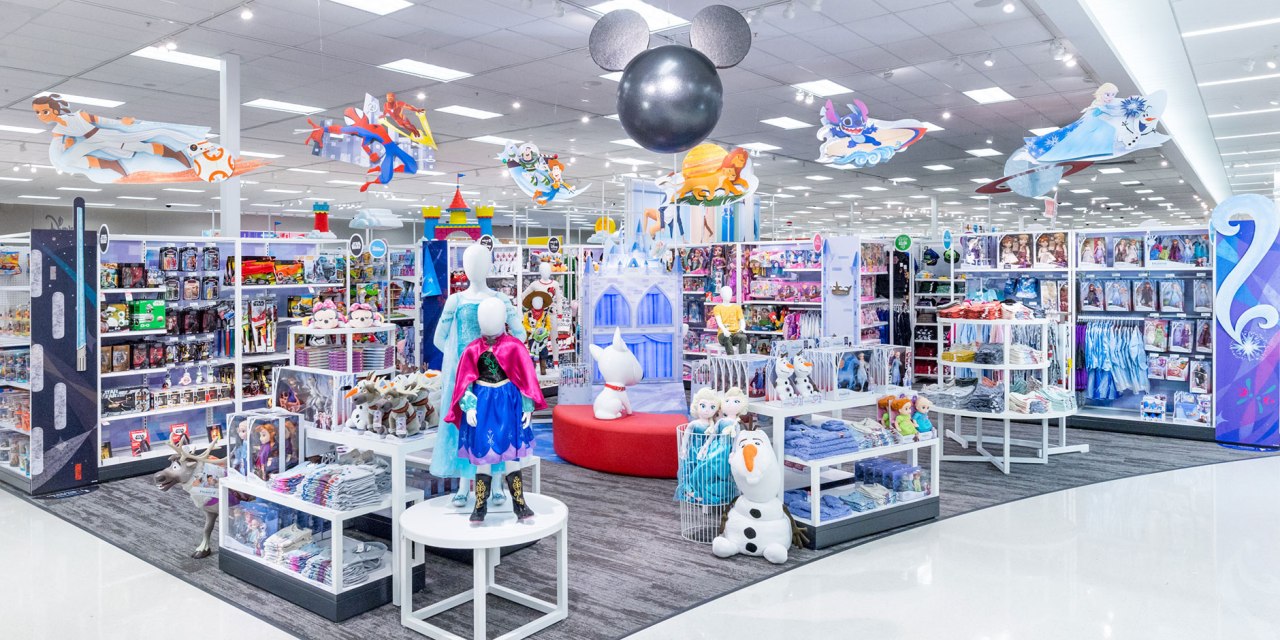Shop-in-shops deliver growth for Target

Retail partnerships in the form of shop-in-shops have played a pivotal role in Target’s growth trajectory in the fiscal year 2022.
Sales from Ulta Beauty at Target were over four times higher than in 2021, executives said during the company’s fourth-quarter earnings call. Target said it also served up over 170 million Starbuck beverages last year alone. As part of its investment in 175 stores throughout the year, the company said it intends to open more shop-in-shops.
Target has long used retail partnerships to expand its product assortment and differentiate itself from its competitors. But in a period plagued with an array of challenges including higher costs and inflation-weary shoppers, retail partnerships help Target gain more foot traffic and reach more customers, experts said.
“When we work with iconic brands, we build lasting relationships,” said Christina Hennington, chief growth officer for Target. “With a Starbucks in nearly all of our stores, they have become part of the shopping ritual for many of our guests.”
The retail giant has formed partnerships with notable brands like Ulta, Disney, Apple, Levi’s and Starbucks. The terms of these partnerships vary but some of them, like Ulta and Apple, involve shop-in-shop concepts. The company, for example, plans to have 800 mini-Ulta stores at Target over time.
Beyond the shop-in-shops, Target also just recently announced an ongoing partnership with two-time Emmy-nominated actress and social media personality Tabitha Brown for four limited time collections. The collection will encompass categories such as apparel, food and kitchenware. Target also sold some of Marks & Spencer’s signature food and beverage products as part of a partnership with the British retailer over the holidays.
Greg Carlucci, senior director analyst for consumer goods at Gartner, said that these partnerships not only help Target expand its customer reach, but they can also help develop loyal customers.
“It helps build brand loyalty for the retailer by providing an added benefit that a consumer can get by having multiple experiences or an enhanced experience at the same store location,” he said. “That creates a point of differentiation for retailers that create those shop-and-shop experiences.”
Beyond the growth of these partnerships, Target’s loyalty program Target Circle has attracted 50 million users since 2019, executives said. The retailer has also seen a 2.1% increase in traffic in 2022. Despite shoppers pulling back spending, Target’s discretionary categories managed to draw in $55 billion in sales in the fiscal year.
Still, executives remained cautious about Target’s future performance given the macroeconomic conditions. For the past few quarters, Target has had to manage excess inventory by rolling out markdowns and canceling orders, which impacted its bottom line significantly. Its inventory at the end of the fourth quarter was 3% lower than it was the previous year.
Its growth in the fourth quarter has slowed. Comparable sales grew by just 0.7% year-over-year. Its total revenue rose by just 1.3% year-over-year in the fourth quarter to $31.4 billion. For the full year, Target’s total revenue was $109 billion — a $3 billion increase from 2021.
“Taking a step back, I might start by recognizing that our growth in [the fiscal year 2022] didn’t come easily,” Target CEO Brian Cornell said during the call. “It wasn’t nearly as profitable as we expect it to be over time.”
With inventory constraints becoming less of an issue, Target now has more freedom to focus on growth areas. The company said it is investing $100 million to grow its delivery capabilities. “It was like leftover weights from the unique elements of the pandemic,” said Ethan Chernofsky, svp of marketing at Placer.ai. “The fact that they’re checking off variables is a huge thing.”
However, Gartner’s Carlucci said that factors outside of Target’s control could slow its growth. He said that Target might have to navigate a scenario where consumers would continue to avoid spending like they did over the past couple of months.
“Consumers are extremely concerned about price increases heading into 2023,” Carlucci said.
For the first quarter of the fiscal year 2023, Target expects its comparable sales to be between a low-single-digit decline to a low-single-digit increase. For the full year, Target projects comp sales to be between a low-single-digit decline to a low-single-digit increase.

